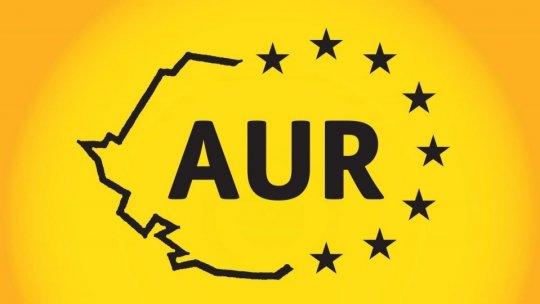Statistics Regarding Romanian Economy
Over the past years, Romania has significantly reduced its public deficit and now stands among the countries with debts below the European average.

Articol de Radio România Internaţional, 23 Aprilie 2015, 09:10
According to data made public by the Statistical Office of the European Union, Eurostat, Romania is one of the EU countries with the lowest public debts and pretty small budget deficits in 2014, against rising averages across Europe, in particular in the Eurozone.
Although in the past four years Romania’s state debt has increased by some 16 billion Euros, it still remains low as compared to other EU countries.
Eurostat data show that in 2014 Romania’s public debt stood below the rate of 40% of the GDP, being the fourth lowest after Estonia, Luxembourg and Bulgaria.
At the opposite pole there stood Greece, with a debt accounting for 175% of the country’s GDP, followed by Italy and Portugal, both with debts exceeding 130% of their GDPs.
As regards Romania’s budget deficit, it significantly shrunk in four years, from 5.5% of the GDP in 2011, to 1.5% in 2014.
Last year, the lowest budget deficits, calculated as a percentage from the gross domestic product, were registered in Lithuania, Latvia and Romania.
Also in 2014, Denmark, Germany, Estonia and Luxembourg exceeded the 3% of the GDP limit set under the Maastricht Treaty.
Ranking first were Cyprus, Spain, Croatia and Great Britain.
Eurostat figures also show that in 2014 Romania’s revenues to the state budget accounted for some 33% of the GDP, with expenditure standing at around 35%.
The data was made public in the run-up to the country recommendations to be made by the European Commission in May, on the basis of the information provided by the EU countries for the 2011-2014 period.
Just a few days ago, the Chief-Economist of the National Bank of Romania, Valentin Lazea, stated that for Romania to join the Eurozone agreement, its GDP per capita based on purchasing power parity should exceed 63% of the EU average.
In 2014, the GDP per capita in Romania was 55% of the EU average.
Lazea explained that the poorest countries in the EU allowed to join the Eurozone were Estonia, with a GDP per capita accounting for 63.4% of the EU average, and Latvia, with 63.8%.
It is therefore very unlikely that the EU will accept another candidate with a GDP per capita lower than those rates, because that would mean trouble for both the country concerned and the EU in general, Valentin Lazea also said.
In his opinion, in order to reach a rate of 63%, Romania’s economy should grow by 2% for seven years in a row.













